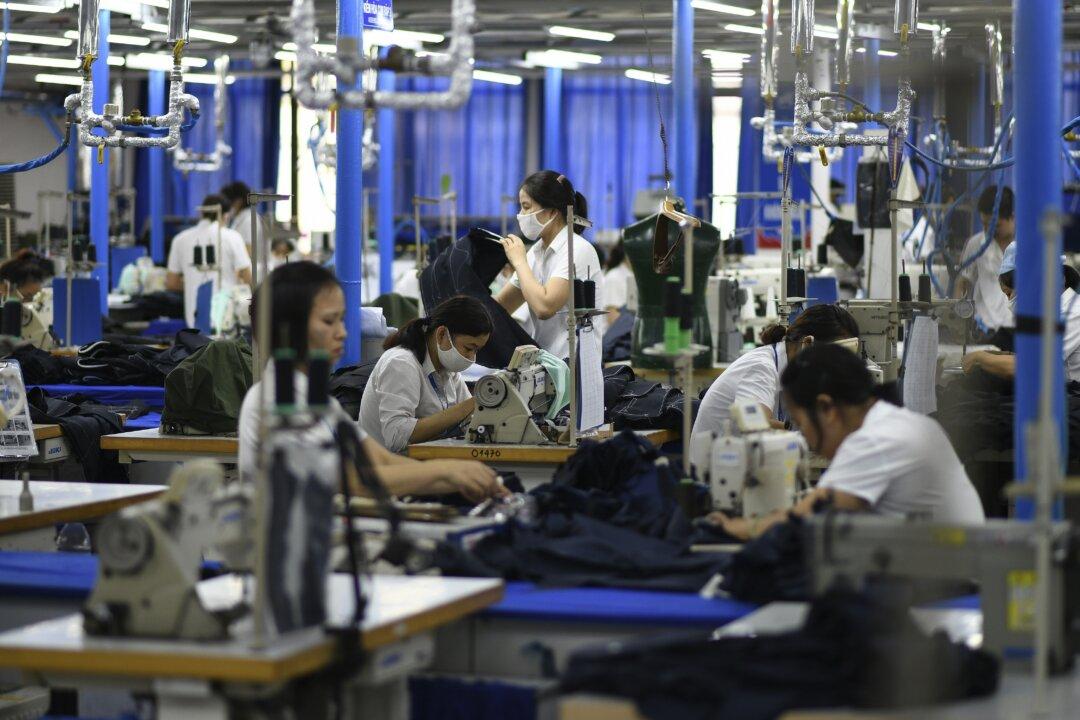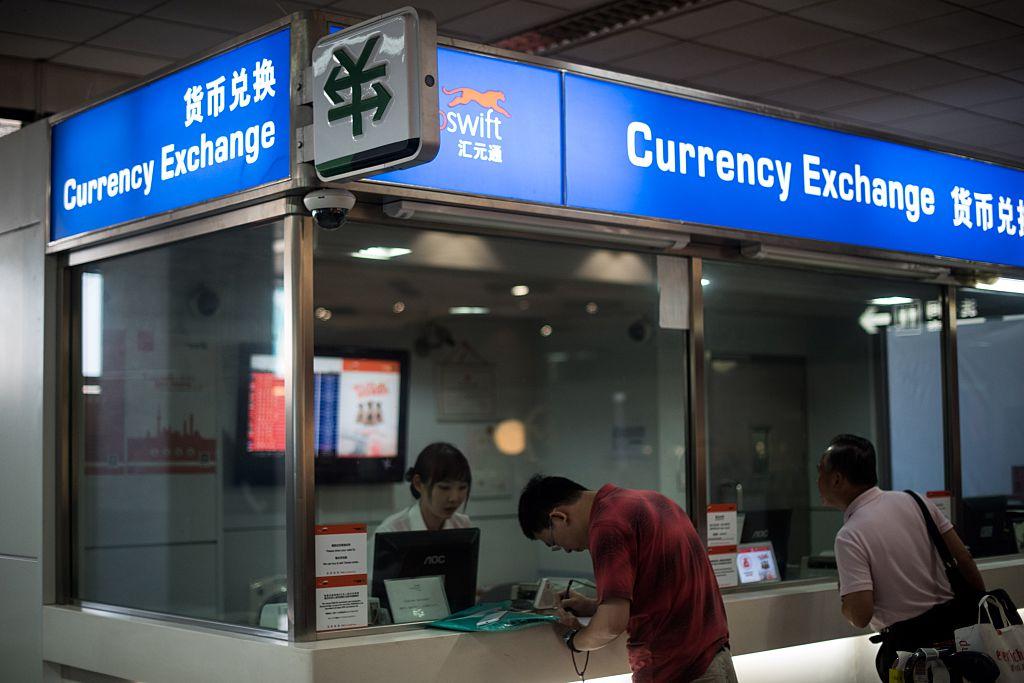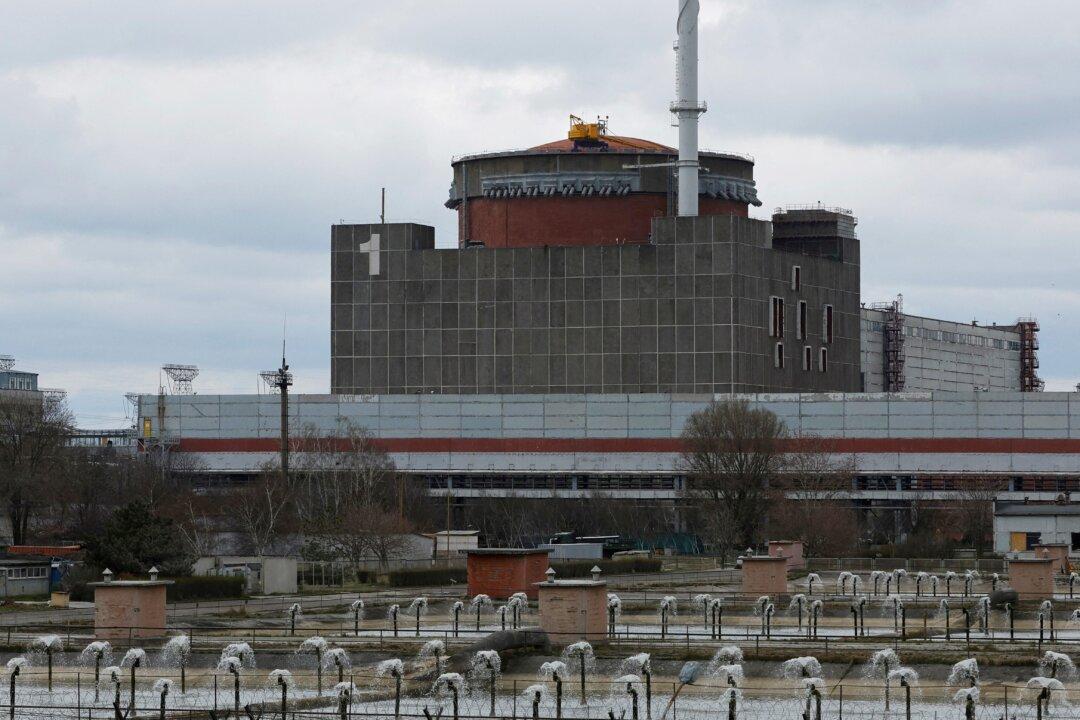Vietnam reported positive production and operating data through July with Moody’s Analytics raising its forecast of the country’s GDP growth to 8.5 percent, making it its highest growth projection in Asia-Pacific.
This comes as China to the nearby north has been showing further signs of an economic downturn.





